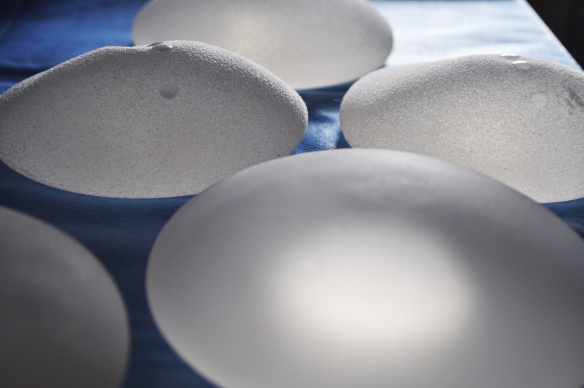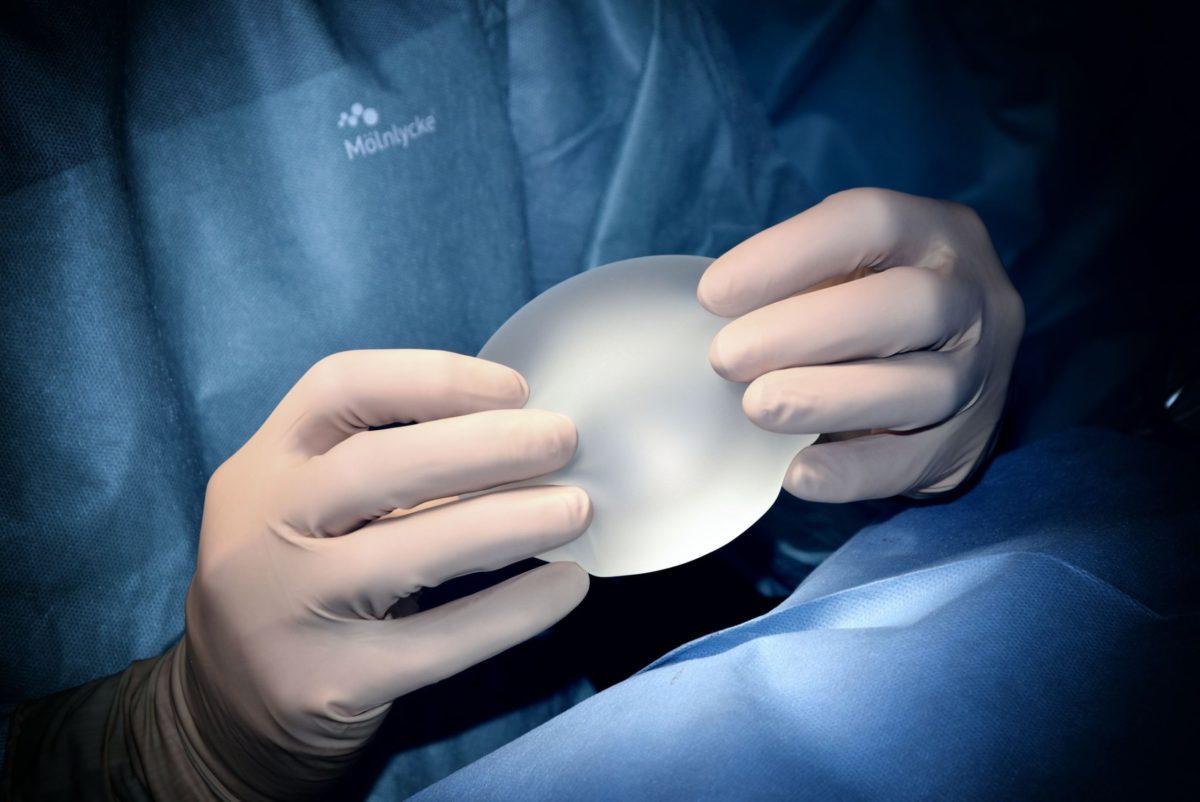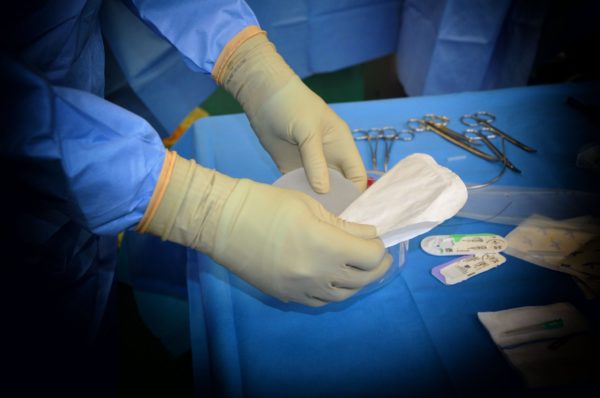Do you have dark spots on your skin? If so, you’re not alone. Millions of people suffer from this common skincare problem. While there are many different causes for dark spots, fortunately, there are also many solutions.
In this article, we will explore ten different ways to fight dark spots on your skin. We will discuss both laser treatments and skincare products, as well as retinoid creams and lifestyle changes that can help improve the appearance of your skin. So read on to learn more!
10 Tips for Getting Rid of Dark Spots on Your Skin
1. Use sunscreen.
One of the best ways to prevent dark spots is to use sunscreen with an SPF of 30 or higher. Apply sunscreen every day, even on cloudy days, because UV light can still get through, and be sure to reapply it every two hours when you’re outdoors.
2. Limit your time in the sun.
Another way to prevent dark spots is to limit your time in the sun. Seek shade when possible and avoid being outdoors during the peak hours of 10 am. to 2 pm. If you must be outdoors during these hours, wear protective clothing, such as a long-sleeved shirt, pants, and a wide-brimmed hat.
3. Exfoliate your skin.
Exfoliating your skin on a regular basis can also help to fight dark spots. Exfoliation helps to remove dead skin cells from the surface of the skin, which can help to brighten the skin and even out its tone. Look for an exfoliating product that contains glycolic acid or salicylic acid.
4. Try a retinoid cream.
Retinoid creams are another effective treatment for dark spots. Retinoids are derived from vitamin A and help to speed up cell turnover, which can help to fade dark spots over time. Be sure to use a retinoid cream that is specifically designed for use on the face, as other forms of vitamin A can be irritating to the skin.
5. Use an over-the-counter bleaching cream.
If home remedies don’t seem to be working, you may want to try an over-the-counter bleaching cream containing hydroquinone. These creams can help to lighten dark spots over time, but they may also cause side effects like dryness, redness, and irritation. Be sure to follow the directions on the package carefully and stop using the cream if you experience any adverse effects.
6. Try a laser skin treatment.
Laser resurfacing treatments are another option for treating dark spots. Laser skin treatments work by targeting and destroying melanin, the pigment that gives skin its color. They also stimulate the production of collagen, which can help improve skin tone and texture. There are several different types of laser treatments available, so be sure to consult with a dermatologist to find one that’s right for you.
7. Consider microdermabrasion.
Microdermabrasion is another type of treatment that can be effective for dark spots. During this procedure, dead skin cells are removed from the surface of the skin using a special device that emits fine particles of aluminum oxide or sodium chloride crystals onto the skin. For the best results it is worth having microdermabrasion
under the care of a plastic surgeon.
8. Go for chemical peels.
Chemical peels are another option for treating dark spots on your skin. Chemical peels work by removing the outermost layer of skin, which can help to improve the appearance of dark spots. Chemical peels can be done at home using an at-home kit or under the care of a plastic surgeon. Home kits typically contain lower concentrations of chemicals than professional peels, so they may not be as effective. However, they are typically less expensive and have fewer side effects. Professional peels can be more expensive and have more side effects, but they are usually more effective. Consult with your plastic surgeon to see if chemical peels are right for you.
9. Try prescription medications.
If home remedies, over-the-counter products, and laser treatments haven’t worked, you may want to try prescription medications. Medications that may be prescribed include topical retinoids, corticosteroids, tranexamic acid, hydroquinone, azelaic acid, kojic acid, niacinamide, and glycolic acid. These medications can help to lighten dark spots over time, but they may also cause side effects like dryness, redness, and irritation. Be sure to follow your plastic surgeons instructions carefully when using these medications.
10. Talk to your doctor about cryotherapy.
Cryotherapy is another treatment option that may be effective for dark spots on your skin. Cryotherapy works by freezing the tissue around the dark spot with liquid nitrogen. This destroys the melanocytes, which are the cells that produce melanin. Cryotherapy can cause side effects like pain, swelling, blistering, and scabbing. That’s why cryotherapy should only be performed by a qualified, specialist plastic surgeon.
Takeaway
No one likes having dark spots on their face, but thankfully there are several options available if you’re looking for ways to reduce them over time—from using sunscreen and brightening products all the way up to laser therapy or cryotherapy under the care of a qualified, specialist plastic surgeon.
So don’t fret! Just find what works best for you and you can get rid of those pesky dark spots once and for all.
Katie Pierce is a teacher and freelance writer. Writing keeps her sane (most of the time) and allows her to enjoy some quiet time in the evening before she walks into a room of screaming kids (all of whom she loves dearly) the next morning.




